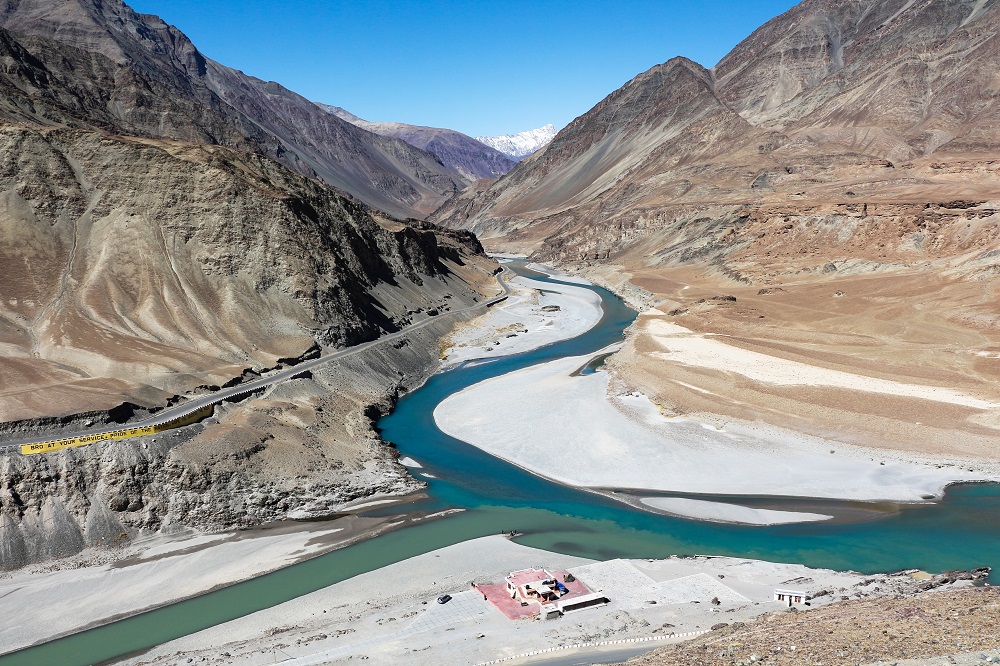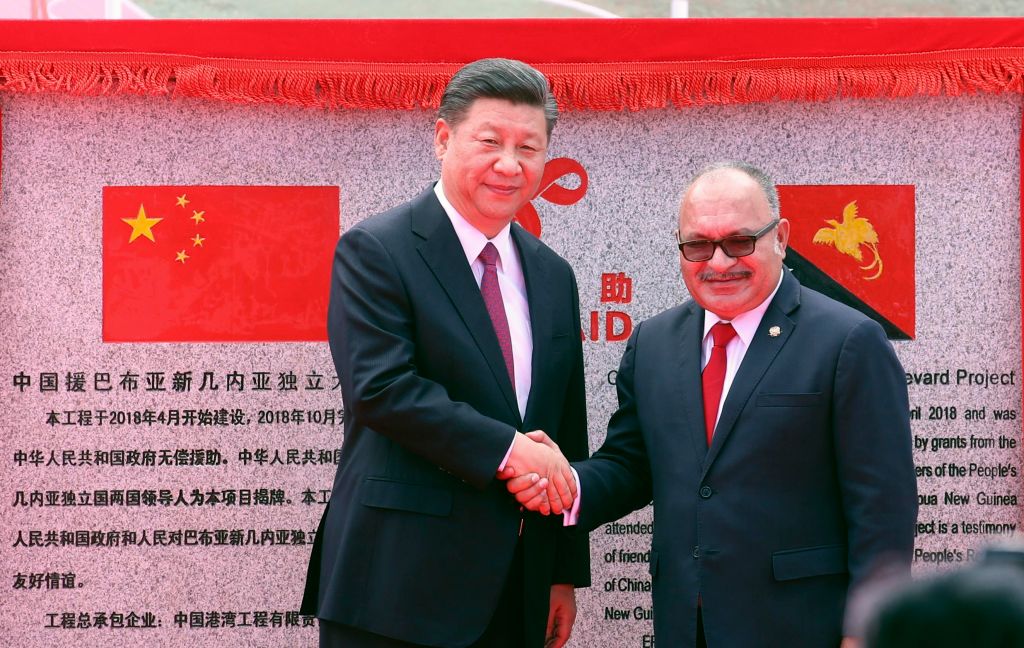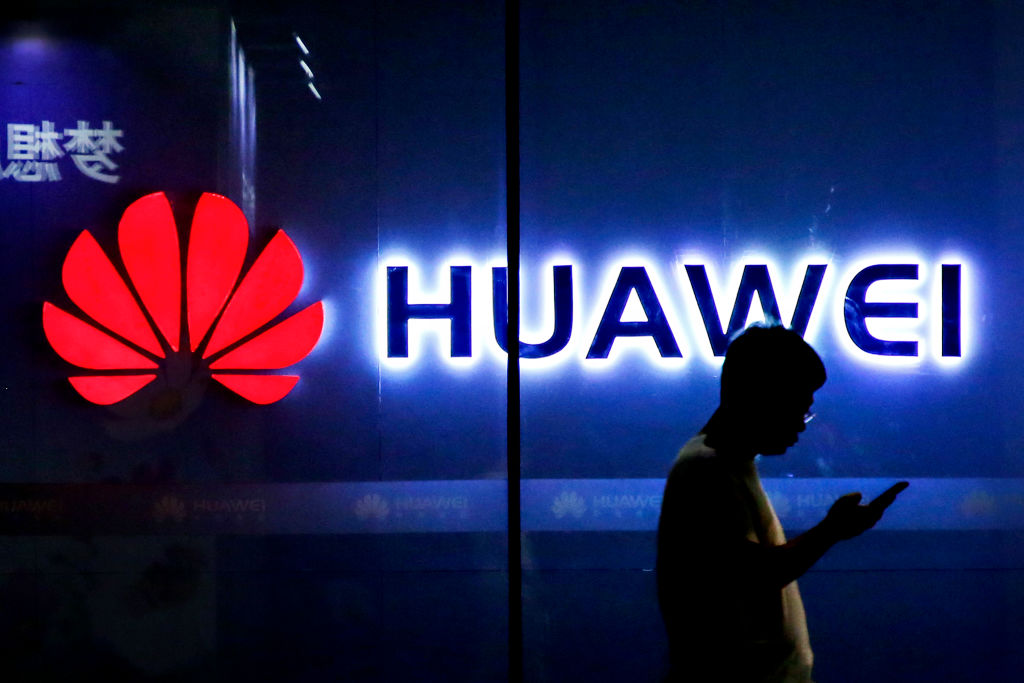Supporting a rare-earths industry in Australia

Last month, Stephen Kuper highlighted his concerns about the security of the global supply chain for rare-earth elements (REEs), particularly as it relates to sustaining the US defence force. Right now, it’s a bleak outlook. The Chinese government dominates the global supply of REEs and has demonstrated an increased willingness to use that as leverage against America and its allies during the continuing US–China trade war.
However, it’s not all bad news. Anxiety over access to supply chains could create an important strategic and economic opportunity for the Australian government, a suggestion raised elsewhere in the media recently. With new thinking, and the right investments, Australia could source and process REEs.
REEs are essential for manufacturing of a range of everyday products, such as mobile phones, refrigerators and cars. They also play a critical role in the production and maintenance of the world’s cutting-edge defence capabilities.
REEs didn’t get a mention in the 2016 defence white paper, but, more recently, Defence Minister Linda Reynolds has recognised that securing the supply of REEs is in our strategic interest.
Australia holds 2.6% of the world’s estimated reserves of REEs. While that may not sound like much, we were ranked third worldwide on that measure and second for production in 2016.
Extracting and processing REEs is expensive and time-consuming, and any investment in the industry needs to make both strategic and economic sense. Central to the decision-making exercise should be a discussion of the feasibility of fostering and sustaining a viable Australian REE extraction and processing industry. The Australia-based REE mining company Lynas already extracts elements from a mine at Mount Weld in Western Australia—one of the world’s richest known deposits of REEs.
REEs are not exactly rare, but they aren’t found in high concentrations and are mixed with other minerals in deposits. If they can be found and extracted, there’s a high level of toxicity and significant adverse environmental impact associated with processing them. The US had ceased processing REEs because of the environmental impacts; however, one mine in California has recently reopened. It’s likely that many private-sector ventures have been deterred from investing in Australian onshore processing by the devastating environmental effects.
There’s not much of an extraction and processing industry base or a lot of expertise in the field outside of China.
Convincing the securocrats in Canberra of the necessity of developing an Australian rare-earths industry based on strategic considerations would be relatively simple. Engaging with industry and developing a nuanced investment plan that is both feasible and sustainable is a far more difficult proposition.
The impetus for a rare-earths industry in Australia will have to come from the federal, state and territory governments. Under the direction of the defence minister, the Department of Defence could work with industry to identify essential REEs to maintain our supply chain of defence hardware. Other Commonwealth organisations, such as the Department of Industry, Innovation and Science, could provide guidance and financial support to the industry.
The Northern Australia Infrastructure Facility has, in the past, been critical in the development of the capital infrastructure required to support the extraction industry. Writing in the Australian Financial Review, Angus Grigg and Peter Ker suggest it will also be critical to the development of an Australian REEs industry. A resource company based in the Northern Territory, Arafura Resources, has already applied to use it for a rare-earths project. The facility provides a well-tested framework for ensuring that decisions on a rare-earths industry in northern Australia will critically examine environmental impacts and undertake meaningful engagement with Indigenous peoples.
The government could implement other policies to support the creation of this industry onshore.
First, the government should consider increasing funding for research and development into cleaner processing of REEs. Even though China has gained a significant strategic advantage by monopolising the REEs market globally, it is now grappling with the consequences of an extremely toxic industry. Areas in China with significant REE mining are now attempting to clean up what has been left behind.
Lynas’s licence renewal in Malaysia was almost stopped due to concerns about the removal and disposal of 451,000 tonnes of radioactive water-leach-purification residue produced in the mining process.
In Australia, the CSIRO has indicated that it is researching new methods that could drastically reduce the amount of processing required, as well as the processing costs. The government should expand its support for this work by offering bigger R&D grants to universities and other organisations to accelerate the creation of new processes. The aim of such a program would be to help address the environmental concerns and reduce uncertainty about the industry’s ability to survive in Australia.
Second, the government should consider providing tax incentives for companies that want to explore, extract and process REEs. Financial concessions could be used to reduce the barriers to market entry, which would in turn ease the process of creating this industry onshore.
Finally, the government should consider developing a national strategy for REEs that prioritises investment from domestic companies. For example, it could develop a specific compliance framework that emphasises the role REEs play in Australia’s national security. The Security of Critical Infrastructure Act 2018 sets out compliance strategies (such as reporting obligations and directional powers) to limit the investment of hostile actors; a similar system should be created to regulate the rare-earths industry.
For business, prioritising sale to allies and for domestic use should also be a consideration. Lynas’s prioritisation of US military needs for the REE production plant it is building in Texas should serve as an example for the industry.
It’s time to start using creative economic policies and incentives to better support Australia’s strategic needs. China has had a head start in extracting and processing REEs and it has come with significant domestic environmental costs. If the strategic need to secure this resource is clear, then the government needs to create an environment that enables industry to support this objective economically and sustainably.








